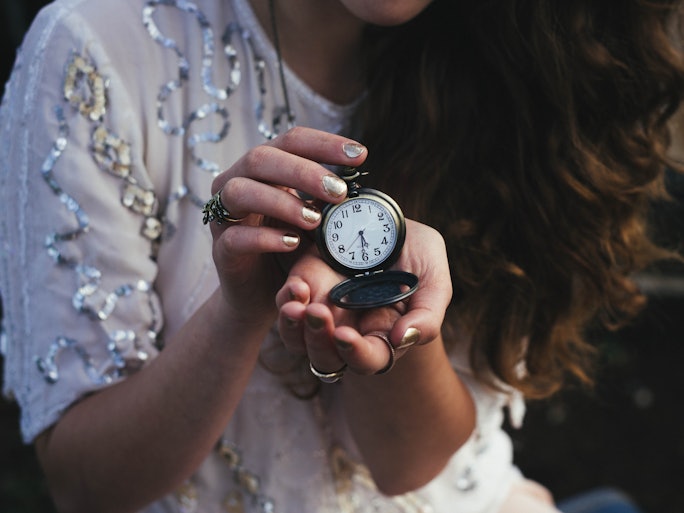
There's nothing worse than forgetting to turn your clocks back in the autumn, and subsequently showing up wherever you need to be one hour too soon (except perhaps forgetting to turn your clocks forward in the spring and subsequently showing up wherever you need to be one hour too late!). So on that note, you may be wondering, when do we turn the clocks back? For those already eagerly anticipating an extra hour of sleep, Daylight Saving Time is Nov. 6 this year. (It does change every year though, so make sure you don't mark up your five-year calendar just yet.)
If you really have no idea why it is we change the clocks in the fall and spring, it's time to read up. Nobody should be changing their clocks just out of blind faith, right? Right. So educate yourself. The reasons behind turning the clocks forward and back may surprise you, but the more you spend time thinking about it, the more sense it makes. (And on a side note, the more you understand about the winter solstice and summer solstice, the more clock-changing will feel like the most productive thing to do.) Take a couple minutes to get your facts straight, and learn something new — or at the very least, enjoy this refresher course.
When do we turn back the clocks?
If you're living in the United States, the clocks officially turn back at 2 a.m. on the first Sunday in November. That means for 2016 you can go ahead and move those hour hands back at 2 a.m. on Nov. 6. Arizona and Hawaii, however, are the only two U.S. states that do not currently practice Day Light Saving clock turning. Now you know!
Why do we turn the clocks back?
The reasoning behind turning the clocks forward in the spring is simple. By moving the clocks forward in spring, people are able to make more use of the longer days in the spring and summer. This is particularly important for farmers harvesting during the spring and summer. By turning our clocks back in November, we make more use of the earlier daylight hours that are lessened in the winter, becoming shorter and shorter following the summer solstice.
How can you remember?
The easiest way to remember whether you should be setting your clocks forwards or backwards is by memorizing this little phrase: "Spring forward, fall back." If you're anything like me, this helpful hint will clear things up for you come every November and March. See? Easy peasy.
0 comments:
Post a Comment